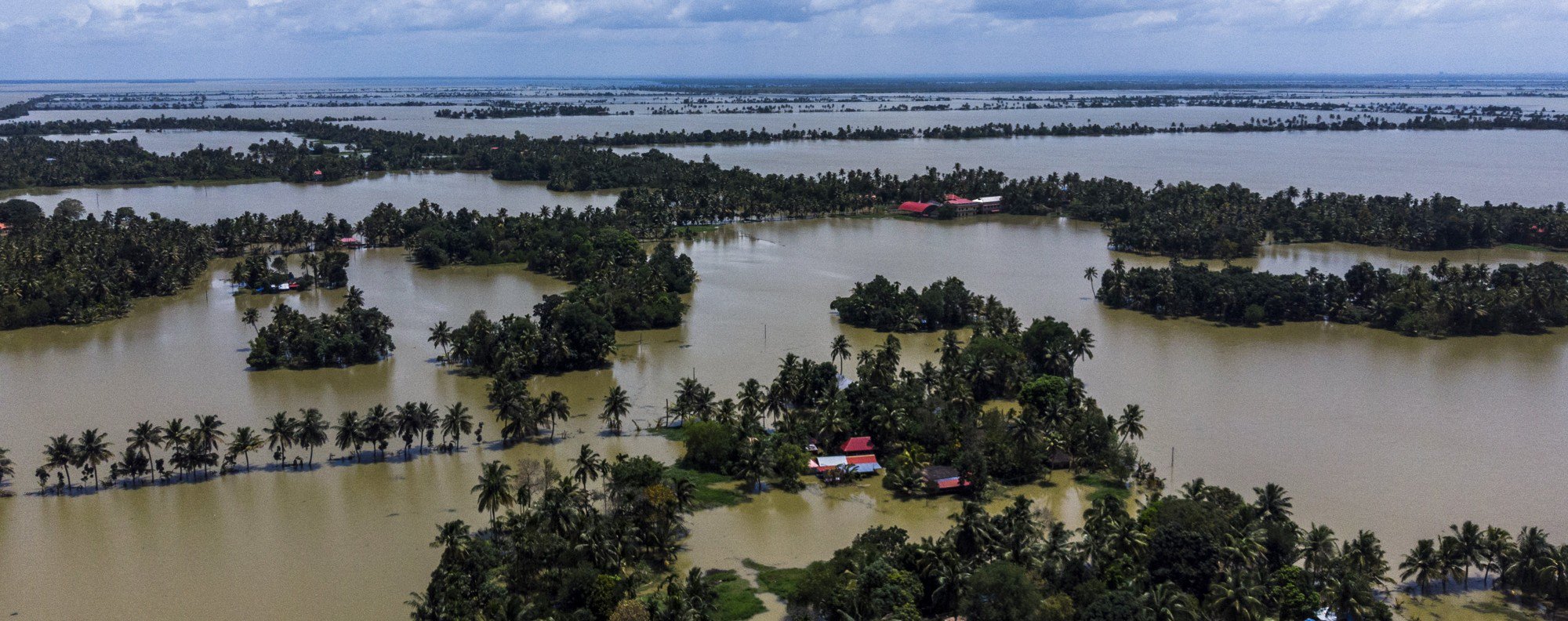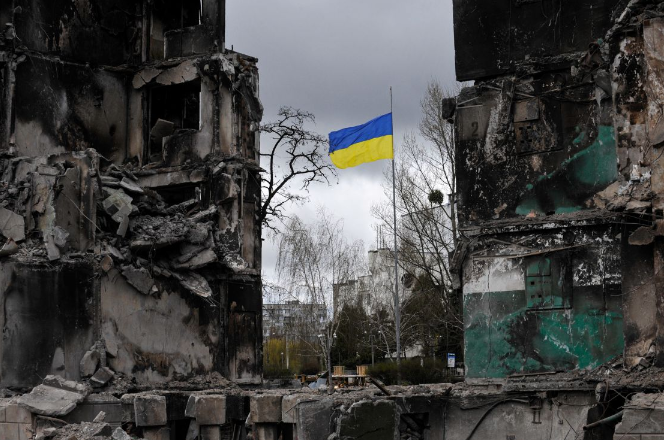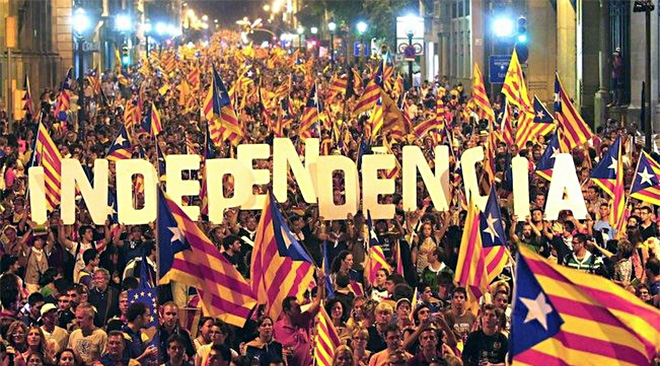By Meghna Anand, Year 10
Last summer, the south Indian state of Kerala saw its worst floods in a hundred years. The disaster came in two waves, first starting on the 28th of May and the second began on the 8th of August. Since June, there have been 37% excess rainfall, with over 2 meters of precipitation. Moreover, the unusually short break between rains of two to three days rather than the standard four days did not help matters.
The floods have been devastating for the state, with the most recent death count placed at 445 since the beginning of monsoons, and 220,000 people rendered homeless. The floods have affected thirteen out of fourteen districts, with landslides in six of them. All 80 dams of Kerala overflowed, twenty-four were opened by the government, including the Idukki dam, the largest arch dam in the whole of Asia. As many as fifteen people have been reported missing. Onam celebrations have been canceled, and the money spent was redirected to flood relief funds. (For context, Onam is like the Christmas of Kerala.)
The army, navy, and thirty teams of the National Disaster Response Force have been deployed, both to deliver supplies and to evacuate people. However, the national government’s handling of the situation is being heavily criticised for the following two reasons. Firstly, the government waited until the aforementioned Idukki dam was almost full to release some of the water. People argue that water should have been released more gradually to avoid damage to villages near the dam. When the government first decided to release some of the water, they only opened one of the dam’s five shutters partially, but still, 50,000 liters of water per second was released. The second reason the national government is being criticised is that it refused a generous donation of $100 million in flood relief from the UAE, despite the state finance minister’s damage estimation of $3 billion. The national government instead promised to dedicate $85 million to flood relief. Many people think that this refusal was due to the fact that Hindu nationalists thought that Kerala, is one of the most (if not the most) religiously diverse states in India, had it coming.
This is not to say that relief efforts have not been made. Right now, 223,139 Malialis (people of Kerala are called this way) are being sheltered in 1,568 relief camps across the state. I, along with my aunt and dad, spent a day volunteering at a distribution center, where supplies like food and medicine were being unloaded from trucks, packed, and sent out again. What we found was astonishing. There were hundreds of volunteers unloading, packing, and reloading mountains of supplies. The director had not showered in three days because he had not gone home since. The volunteers worked in sync with tremendous efficiency- there was almost no need to give directions, people copied whatever they saw until an assembly line was formed. There were two sections, inside and outside. Inside, medicine, toiletries, and packaged snacks were being packed into kits. Outside, enormous lorries, as big as a two-story building and the length of a tram car came one at a time with vegetables. Each of the sack of vegetables took two people to carry, with the exception of the beans, which demanded the strength of four.
While we were there, my aunt talked to a woman whose sister’s family had had to evacuate their home. When they returned, the house was filled with mud up to their knees, the cupboards filled with snakes. The furniture had all been washed away, and the little dishes that had survived were uncleanable. This is the plight of many people living in cities whose homes are still standing. They are unable to clean all the mud out themselves, they need the help of trained people. However, hiring someone is expensive, and they most probably cannot afford it especially if they have lost their livelihood. My grandmother knows an ayurvedic doctor who lost all his equipment in the floods. He cannot pay for it all again, thus he now has no means of providing for himself, let alone his family.
On a slightly different note, the floods have caused some problems that money cannot necessarily fix. As my grandmother’s friend put it, “the children now start to cry whenever it rains.” There are no official numbers on the emotional scars these floods have created.
And yet, we in Europe have heard almost nothing of this disaster. The people I have mentioned it to have been shocked to realize that a tragedy of this magnitude had taken place without their knowledge. While it is perfectly normal to pay more attention to the news of certain countries, as explained in this LGB Express article, media attention to natural disasters is extremely important so that people can provide aid to those suffering and struggling to build their lives back up, there are many funds that one can donate to, for example, https://qz.com/india/1364342/donate-for-kerala-flood-victims/. A google search for “Kerala floods 2018” results with about 42,600,000 results. A google search for “US hurricanes 2018” displays about 50,100,000 results, a much more significant number. However, this disparity is not as large as becomes apparent when I searched “Nigeria floods 2018,” a search that turned up about 34,300,000 results. The death toll for Nigeria floods this year is around 200. Shouldn’t we be hearing more about this? Shouldn’t we be aware of ways to help those in need? This is not to downplay the tragedies taking place in the Western world, but to remind people to be more aware of a world crying out for help that you would see if only you looked in all directions.



